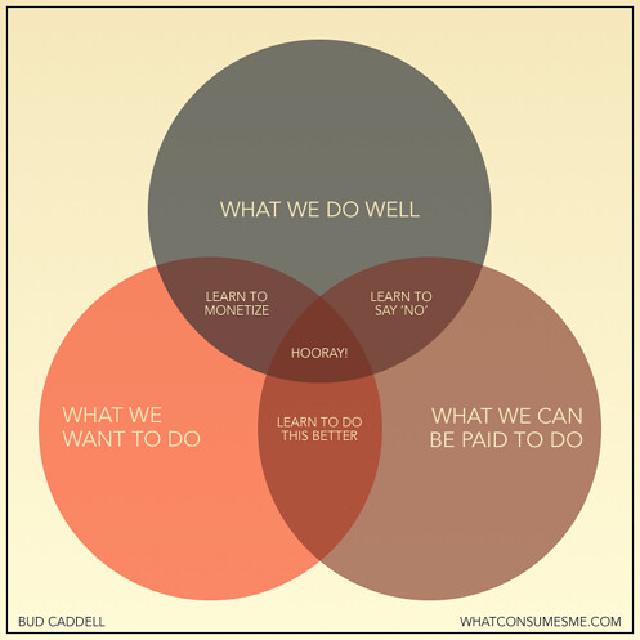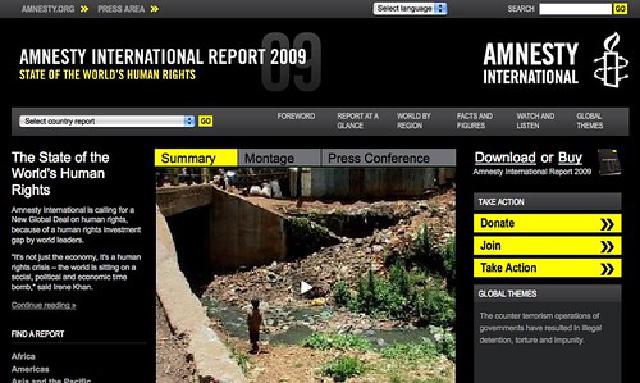The Chokehold of Calendars
Brilliant post dead link on how calendars are really for interruptions, not your real work.
most people don’t schedule their work. They schedule the interruptions that prevent their work from happening.
and a call to schedule work and work towards when you need interruptions (meetings, input etc.). And love his point as meetings as something that subtract from working time, and the calendar as something we treat as additive.
Great idea, but how to bake this into your culture, especially one as interruption driven as most modern offices (including my own)?

